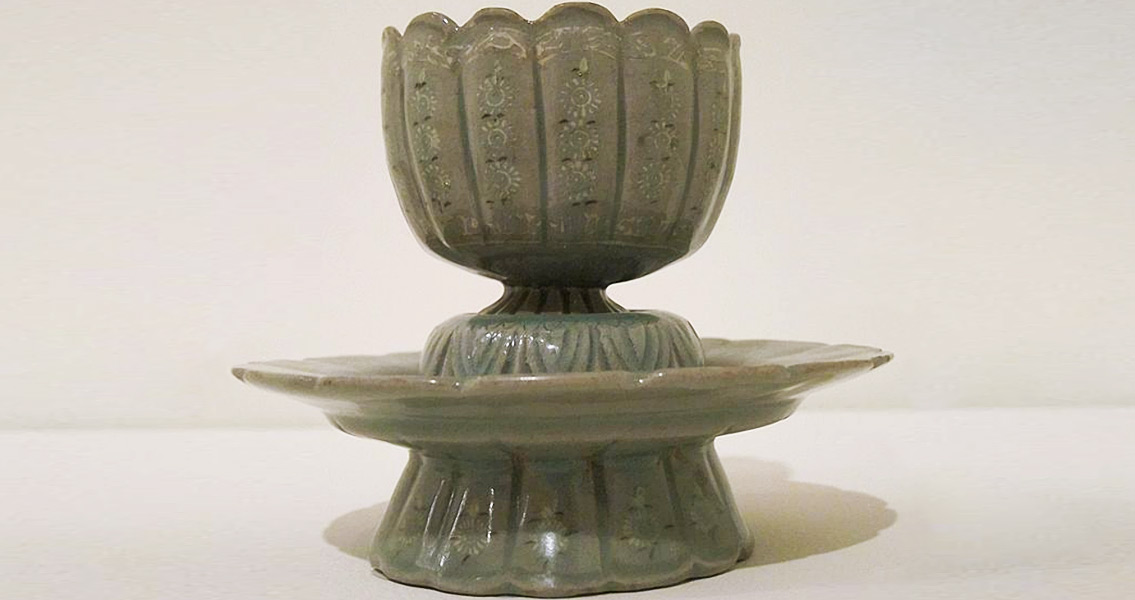<![CDATA[Archaeologists from North and South Korea returned at the start of this month to Manwoldae, a tenth century imperial palace built by the first king of the Koryo dynasty, Taejo. The site, now in North Korea, has a unique design, aimed at following and preserving the natural landscape around, fitting into it as naturally as possible, and probably based on the principles of Feng Shui. This latest excavation session will focus on the king’s bedroom, Manryeong-jeon, the Guardian writes. The project is a rare collaboration between the two Koreas in light of their tense relations since the 1950s. However, the two share a common heritage and unearthing the ancient royal palace is an issue of mutual interest, South Korean journalist Hyung-eun Kim said four years ago. The excavation work started in 2007 and over the next three years as many as 40 separate buildings were excavated, along with thousands of artefacts. Work was temporarily suspended several times, once after the death of the former North Korean leader Kim Jong Il, and then a few other times because of fluctuations in cross-border relations, the Guardian notes. In fact, Manwoldae was not just a royal palace and the place where the Koryo dynasty conducted affairs of state. It is a huge complex including residential areas, schools, shrines, and even tombs. The complex also featured an astronomical tower, Ancient Origins writes, used by the royal astrologists. From its foundations, which have survived to this day, researchers found that the tower was oriented towards the four cardinal points of the zodiac and was most probably used for meteorological purposes. Besides fascinating architecture, the palace complex also included sophisticated drainage systems and had a defensive wall around it. The largest single enclosed space in the complex was the huge throne room. The artefacts unearthed in the complex have also sparked much interest, particularly a unique two-feet vase-like cylinder made from celadon. Although celadon pottery, made during the rule of the Koryo dynasty between the tenth and fourteenth century, this particular object’s function is still unclear. Like the other celadon artefacts uncovered it bears an intricate pattern of peonies and vines, and it used to have holes at the top and bottom. According to one celadon maker from South Korea, Yun Do-hyeon, talking to Archaeology magazine, the piece is unique because of its size. Due to the nature of the celadon ceramics, an object of this size would be very difficult to bake properly, even more difficult than smaller items that often emerge broken or bent from the furnace. As to its function, there is ongoing debate with the two most likely suggestions being that it was a flower pot or a vessel used for some ceremonial purpose. Among the other artefacts found at the site are more than a thousand roof tiles, also intricately patterned, with vine and dragon shapes. Based on these and other artefacts, the researchers have suggested that the main colours were bright white and blue, with golden embellishments: a combination dominating later Korean dynasties’ flags. The magnificent imperial complex was burned in 1361, Ancient Origins relates, during the so-called Red Turban rebellion. Image courtesy of Wikimedia Commons user: Hiart ]]>
North and South Korea Resume Work at Koryo Palace Dig
